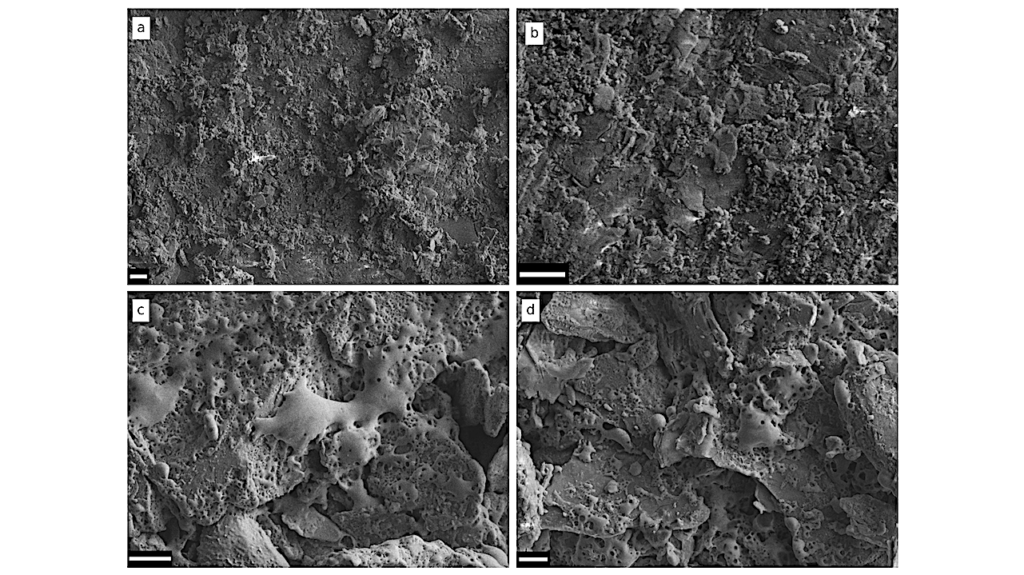First Detection Of 13CH In The Interstellar Medium

In recent years, a plethora of high spectral resolution observations of sub-mm and FIR transitions of methylidene (CH), have demonstrated this radical to be a valuable proxy for H2, that can be used for characterising molecular gas within the interstellar medium (ISM) on a Galactic scale, including the CO-dark component.
Here we report the discovery of the 13CH isotopologue in the ISM using the upGREAT receiver on board SOFIA. We have detected the three hyperfine structure components of the 2THz frequency transition from its ground-state toward four high-mass star-forming regions and determine 13CH column densities. The ubiquity of molecules containing carbon in the ISM has turned the determination of the ratio between the abundances of carbon’s two stable isotopes, 12C/13C, into a cornerstone for Galactic chemical evolution studies. Whilst displaying a rising gradient with Galactocentric distance, this ratio, when measured using observations of different molecules (CO, H2CO, and others) shows systematic variations depending on the tracer used. These observed inconsistencies may arise from optical depth effects, chemical fractionation or isotope-selective photo-dissociation.
Formed from C+ either via UV-driven or turbulence-driven chemistry, CH reflects the fractionation of C+, and does not show any significant fractionation effects unlike other molecules previously used to determine the 12C/13C isotopic ratio which make it an ideal tracer for the 12C/13C ratio throughout the Galaxy. Therefore, by comparing the derived column densities of 13CH with previously obtained SOFIA data of the corresponding transitions of the main isotopologue 12CH, we derive 12C/13C isotopic ratios toward Sgr B2(M), G34.26+0.15, W49(N) and W51E. Adding our values derived from 12/13CH to previous calculations of the Galactic isotopic gradient we derive a revised value of 12C/13C = 5.85(0.50)R_GC + 15.03(3.40).
Arshia M. Jacob, Karl M. Menten, Helmut Wiesemeyer, Rolf Guesten, Friedrich Wyrowski, Bernd Klein
Subjects: Astrophysics of Galaxies (astro-ph.GA)
Cite as: arXiv:2007.01190 [astro-ph.GA] (or arXiv:2007.01190v1 [astro-ph.GA] for this version)
Submission history
From: Arshia Maria Jacob
[v1] Thu, 2 Jul 2020 15:22:42 UTC (505 KB)
https://arxiv.org/abs/2007.01190
Astrobiology, Astrochemistry








